The November Birthstone – Citrine & Topaz
So this month, its Citrine and Topaz and they are called the November Birthstone. Yes the beautiful golden, lemon coloured gems!
With the cold winter setting in, slowly but surely, these gems are just the perfect touch you need to give you the golden summery feeling. Your month might be filled with weddings and festivals and hence some lightweight gemstone studded jewels will do the trick.
 Beautiful polished fiery orangey yellow Citrine
Beautiful polished fiery orangey yellow Citrine
We’ll first take you through Citrine first and then transition into Topaz, where we will touch uponboth the different gems, their inclusions and a little about the history of these mind-blowing natural beauties.
#DidYouKnow Citrine and Topaz are said to be the gemstones to celebrate the thirteenth anniversary! So this year if you are on your 13th year, you know which gems you should be focussing all your attention on.
Citrine is part of the family that also houses Amethysts, the famous purple gem that you can most definitely resonate with and have perhaps even seen a lot in commercial jewellery. Both these gems are part of the Quartz family, that is one of the most abundantly available gemstones on the planet and can even be seen on the beach. Although abundant, when they come in good colour and size can command high prices.
The name Citrinehas originated from the light yellow colour seen in a lemon. Although lemony, the gem can come in a range of colours from the light yellows to the darker, deeper brownish yellows seen in Turmeric.

Citrine is mined in regions on South America
Citrine is mined in regions on South America
Mined in Bolivia and Brazil, this spectacular gem is known for its eye-clean stones that can take on good clarity grades. The stones also tend to grow to large sizes naturally, making them useful in various industries worldwide. Citrine, if coloured naturally is highly valuable and rare to find, which is why most Citrine in the market has or will be heated to improve its saleability. This heating process has become an industrially accepted treatment and its carried out on most stones.

29.95 ct citrine Starbrite (TM) cut by John Dyer & Co.
If you are wondering what gives Citrine its colour and Amethyst such a different colour, it’s the trace element present within the gem. These trace elements get intermingled with the gems chemical composition and bring about a change in colour. In the case of Citrine, the trace element Iron is responsible for the change in colour we see.
Most Citrine gems you see on the market are heated in some way or the other to help improve its colour. This is also because if you heat Amethyst to the right temperature it will transform into the beautiful golden yellow.
Citrine has been noted to be dating back to the Victorian era, where there have been any accounts of jewellery seen set with beautiful Citrine. This only goes to show the gem has been around for ages and has also found a place in the hearts of women well before the 21st century.

Citrine seen used in what is thought be a brooch from the Victorian era.
Citrine could easily be confused to the untrained eye for any other golden hues, lemony gemstone. And it is important for you, being a well-informedcustomer to know and be able to spot the difference. When you look for a Citrine, you might chance upon some of these common inclusions:

Colour zoning seen in Citrine

Crystals seen in Citrine
Topaz on the other hand is another gemstone considered to be the birthstone for the month of November. This gem has carved itself its own nice in the market, because of the gems superior hardness and beautiful colour rangeit’s a gem that’s hard to replicate.

Imperial Topaz seen in its rough
Topaz occurs naturally in the orthorhombic crystal structure and is made up of aluminium silicate along with oxygen, hydrogen and fluorine. This perfect combination forms a relatively hard stone that is ideal for use in jewellery. Generally seen as long faceted stones, it complements its natural crystal formation.
You have probably heard of Imperial Topaz, the golden, orange yellow variety. Stones in this colour range generally tend to command the highest prices because of the high demand. Although the highest in the price range, the blue variety of Topaz is a popular colour and is also an affordable option. These brilliant sky blue stones are most likely treated to achieve a nice even colour.
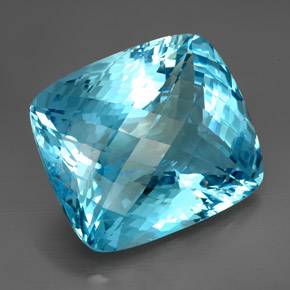
Sky Blue Topaz
The name Topaz has been thought to originate from the Sanskrit word meaning “Tapaz” or “Life”. Another group of authorities argue, the name Topaz comes from the Greek name for an island in the red sea. Whichever school of thought, Topaz has become a name ingrained in our minds and resonates with the beautiful blue skies or the fiery orange hues.
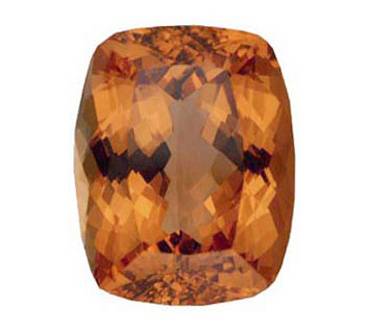
Imperial Topaz
This stunning gem is now mined in numerous locations across the expanse of the earth. From Myanmar to Mexico and many countries between Topaz can be found in its entire colour range. Nigeria has been noted to produce colourless topaz that is ideal for treatment, whereas Mexico produces the orange-brown variety of Topaz.

Topaz Locations across the world
Topaz is a gemstone that can easily be mistaken with numerous other species and varieties. This is the reason we at KuberBox have listed out different points you can look out for when you are thinking of buying Topaz.
- Polished Topaz has been noted to have a slippery feel to it. This means because of the hardness of the gem, the stone takes on a very high polish, giving you the feeling the stone is smooth and slippery to touch.
- Topaz has a very high specific gravity at 3.53, almost as close as that of Diamond. This means when you carry a piece of Topaz in your hand, it will feel heavier as compared to any other stone of the same size.
Some commonly seen inclusions seen in Topaz are fingerprints, which look similar to your own, because they might follow circular patterns, and growth tubes and growth channels.

Fingerprint seen in Topaz

Growth Channels seen in Topaz
References:
http://www.geminterest.com/inclist.php?gem=%25Citrine
http://www.minerals.net/gemstone/topaz_gemstone.aspx
http://www.geminterest.com/inclist.php?gem=Topaze%25

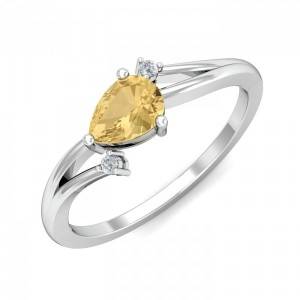
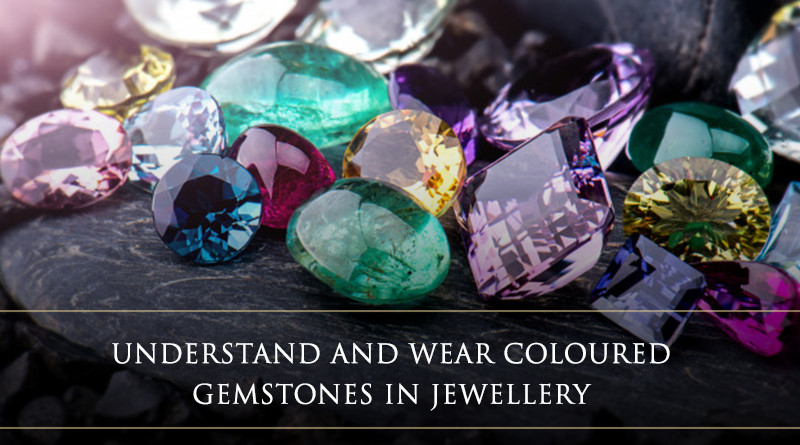
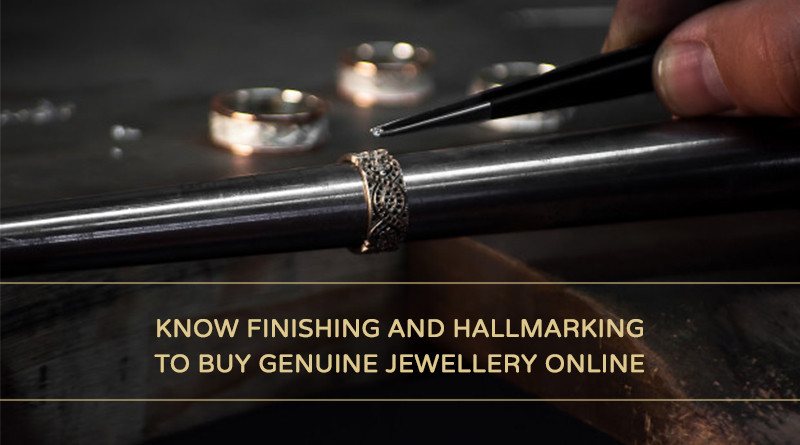
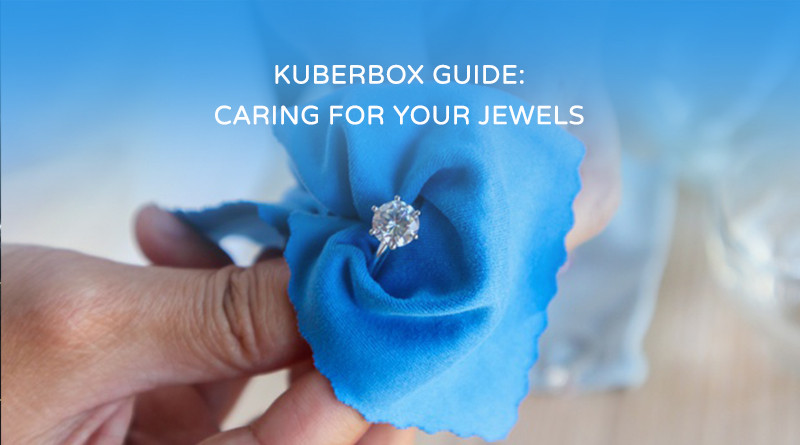
0 Comments